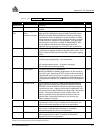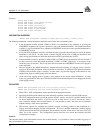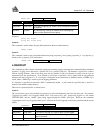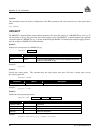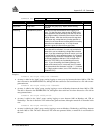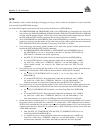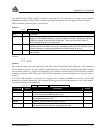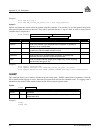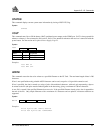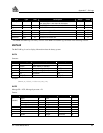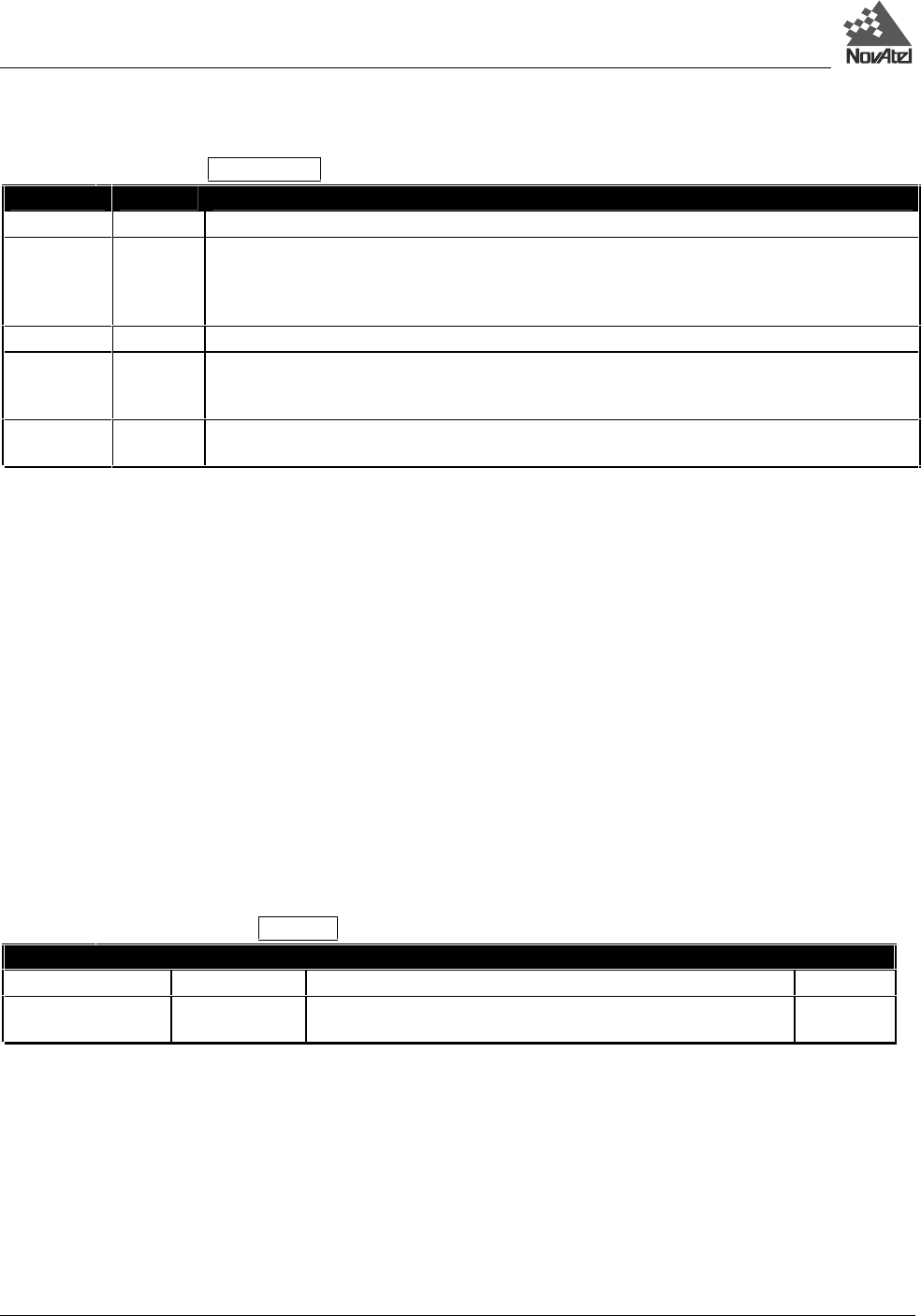
Appendix E – DL Commands
58 DL™ User Manual Rev 3
Syntax 1:
SCHEDULE
[keyword]
Command Option Description
SCHEDULE - Command
keyword ABORT Terminate a scheduled logging operation prior to its normal completion. The DL then
resumes normal operation at the completion of the aborted event. For manual logging, see
the LOGGROUP command, Page 53. This command stores the current data file; thus, all
data is saved up to the time when the command is issued.
CLEAR Delete the entire schedule table from non-volatile memory. Not reversible.
DISABLE Temporarily suspend scheduled operation. If scheduled logging is taking place when this
command is issued, the logging operation is suspended until system control is returned to the
DL by means of the SCHEDULE ENABLE command, or by restarting the DL.
ENABLE Restore system and logging control to the DL. This command causes the DL to start logging
as required by the stored schedule events.
Examples:
schedule
schedule abort
schedule clear
schedule disable
schedule enable
Invoked without optional arguments, this command displays the current logging schedule. The output format is a set of
SCHA logs, followed by MSGA log with Code=3001, Error=CMDFAIL, SubCode=1002, SubCodeMsg=ENDSCDLIST
Example:
Com1> schedule
SCHA,1,rt_logs,1700,1800*xx[CR][LF]
SCHA,2,diff_set,mwrf1200,1215*xx[CR][LF]
SCHA,3,my_data,1400,1530*xx[CR][LF]
MSGA,3001,CMDFAIL,1002,ENDSCDLIST,,19971105,1325,*66[CR][LF]
Syntax 2:
This form of the command allows you to delete a specific schedule entry from non-volatile memory. The entry number
identifier must be specified. To find the entry number, issue a “schedule” command to get a listing of all entries and their
respective entry numbers. Once this entry is removed, the remaining schedule entries are renumbered.
SCHEDULE DEL
entry
Command Option Description Default
SCHEDULE DEL - Command
entry Specify the schedule entry number that you wish removed.
This is not reversible.
Example:
schedule del 4
Syntax 3:
This form of the command is used to create additional table entries in the non-volatile memory. The group identifier must
be a valid log group. The time specification gives the day and time of the week that logging is to take place on; the days
are abbreviated as indicated in Table 16: Weekday Abbreviations, Page 57.
The start and end times are specified in 24-hour notation. If the end time is less than the start time, the logging wraps
over to the next day. All day and time specifications are given and interpreted in universal time coordinates (UTC). Up
to 7 days can be specified.




